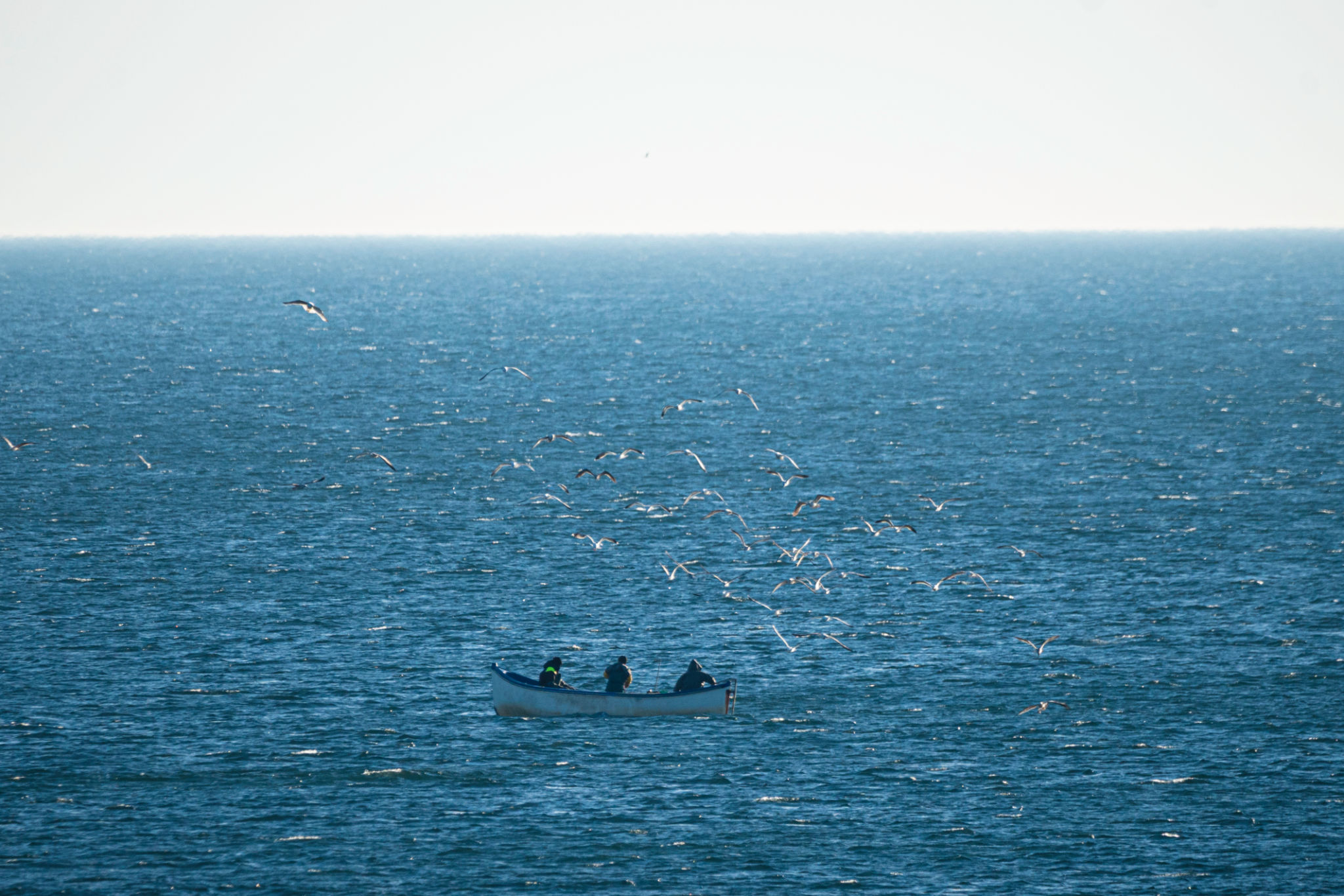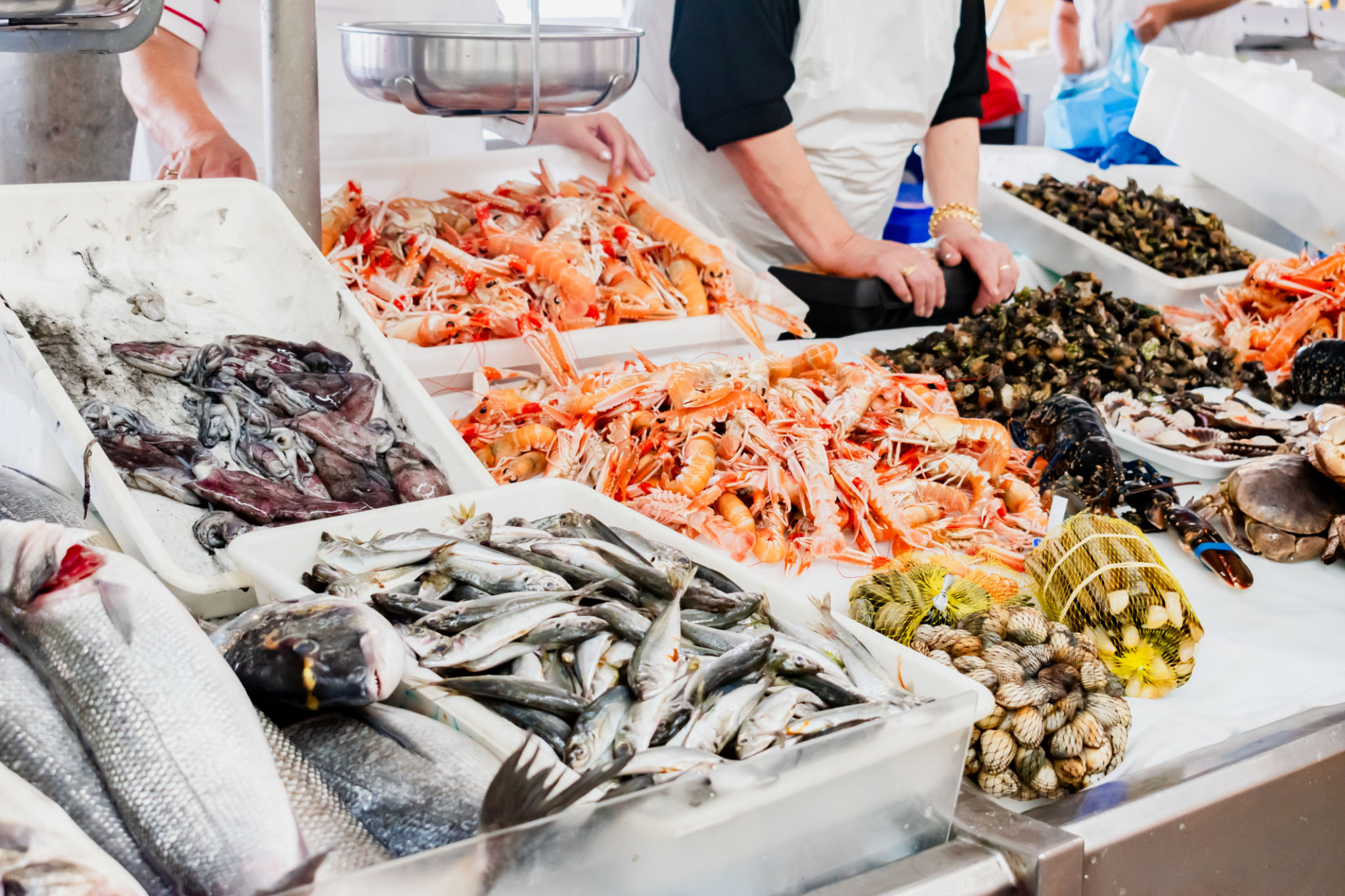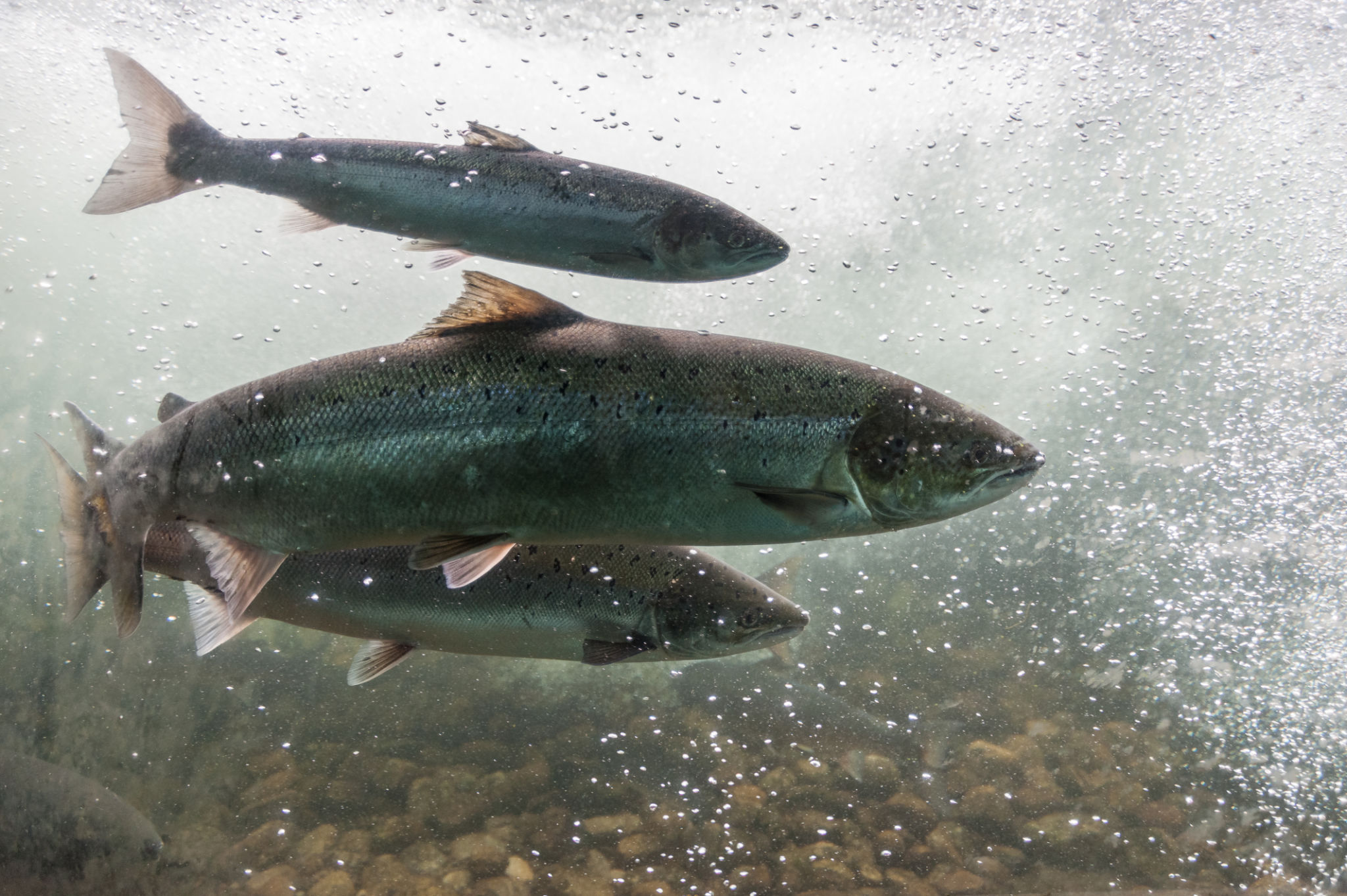Why Choosing Sustainable Seafood Matters: Insights from The Red Snapper
Understanding Sustainable Seafood
In recent years, the concept of sustainable seafood has gained traction as more consumers and businesses become aware of its importance. Sustainable seafood refers to fish and shellfish that are caught or farmed in ways that consider the long-term vitality of harvested species and the well-being of the oceans. The Red Snapper, a beloved choice for many seafood enthusiasts, offers a prime example of why sustainability in seafood matters.

The Impact of Overfishing
Overfishing is a significant threat to marine biodiversity. It occurs when fish are caught faster than they can reproduce, leading to a decline in fish populations. This not only affects the availability of species like the Red Snapper but also disrupts entire marine ecosystems. Sustainable fishing practices aim to balance the need for seafood with the preservation of marine life.
Choosing sustainably caught seafood helps mitigate the effects of overfishing. It supports practices that allow fish populations to replenish and ensures that future generations can enjoy the benefits of the ocean. By prioritizing sustainability, consumers contribute to healthier oceans and more resilient marine ecosystems.
Benefits of Sustainable Seafood
Opting for sustainable seafood offers numerous benefits beyond environmental impact. Here are some key advantages:
- Healthier Choices: Sustainable seafood is often fresher and free from harmful chemicals and antibiotics used in unsustainable practices.
- Economic Support: Purchasing sustainable seafood supports fishing communities committed to responsible practices.
- Enhanced Flavor: Many people find that sustainably sourced seafood has a superior taste and texture.

The Role of Certifications
To ensure seafood choices are sustainable, consumers can look for certifications from reputable organizations like the Marine Stewardship Council (MSC) or Aquaculture Stewardship Council (ASC). These certifications indicate that the seafood was sourced responsibly, adhering to stringent environmental and social standards. When buying Red Snapper or any other seafood, checking for these labels can guide you toward more sustainable options.
These certifications not only protect marine life but also promote fair labor practices within fishing communities. By choosing certified seafood, you are supporting ethical supply chains and contributing to a more sustainable future for our oceans.

The Red Snapper: A Case Study
The Red Snapper is a popular choice for its delicate flavor and versatility in cooking. However, it has faced challenges due to overfishing and habitat destruction. By selecting Red Snapper from sustainable sources, consumers can enjoy this delicious fish while ensuring its populations are maintained at healthy levels.
Efforts to manage Red Snapper fisheries sustainably have shown positive results, with some populations recovering thanks to responsible fishing practices. This highlights the power of consumer choice in driving positive change within the seafood industry.
Making Informed Choices
When shopping for seafood, it's important to be informed about where and how it was sourced. Asking questions at your local fish market or restaurant can provide insights into their sourcing practices. Additionally, many apps and online resources are available to help consumers make sustainable seafood choices easily.
By educating ourselves about sustainable options and supporting businesses that prioritize ecological responsibility, we can all play a part in preserving marine resources for future generations.
Conclusion: A Shared Responsibility
The journey towards sustainability is a shared responsibility among consumers, businesses, and policymakers. By choosing sustainable seafood like the Red Snapper, you contribute to a healthier planet and support the livelihoods of those who depend on the ocean's bounty. Together, we can ensure that our oceans remain abundant and vibrant for generations to come.
